Wildlife filmmaking represents one of cinematography’s greatest challenges. Capturing footage of rare, shy, or dangerous animals requires a unique combination of patience, technology, expertise, and sometimes a bit of luck. From the dense rainforests of Borneo to the expansive Arctic tundra, filmmakers deploy sophisticated techniques to document creatures that few humans will ever see in person. This fascinating intersection of art and science has evolved dramatically over the past century, with technological innovations continuously changing what’s possible in the field. Let’s explore the remarkable methods that allow us to witness the most elusive creatures on our planet from the comfort of our homes.
The Evolution of Wildlife Cinematography

Wildlife filmmaking has transformed dramatically since its early days. In the 1920s and 1930s, pioneers like Cherry Kearton and Martin and Osa Johnson worked with bulky, noisy equipment that made capturing natural animal behavior nearly impossible. These early documentarians often relied on staged interactions or even captive animals. The 1950s and 1960s brought more portable equipment and telephoto lenses, allowing filmmakers like Jacques Cousteau and David Attenborough to begin documenting truly natural behaviors. Today’s wildlife cinematographers benefit from ultra-high-definition digital cameras, specialized housings for extreme environments, and equipment that can operate remotely for months at a time. This technological evolution has fundamentally changed what audiences expect from wildlife documentaries, moving from simple observation to intimate portraits of animal behavior that were once impossible to witness.
Camera Trap Technology
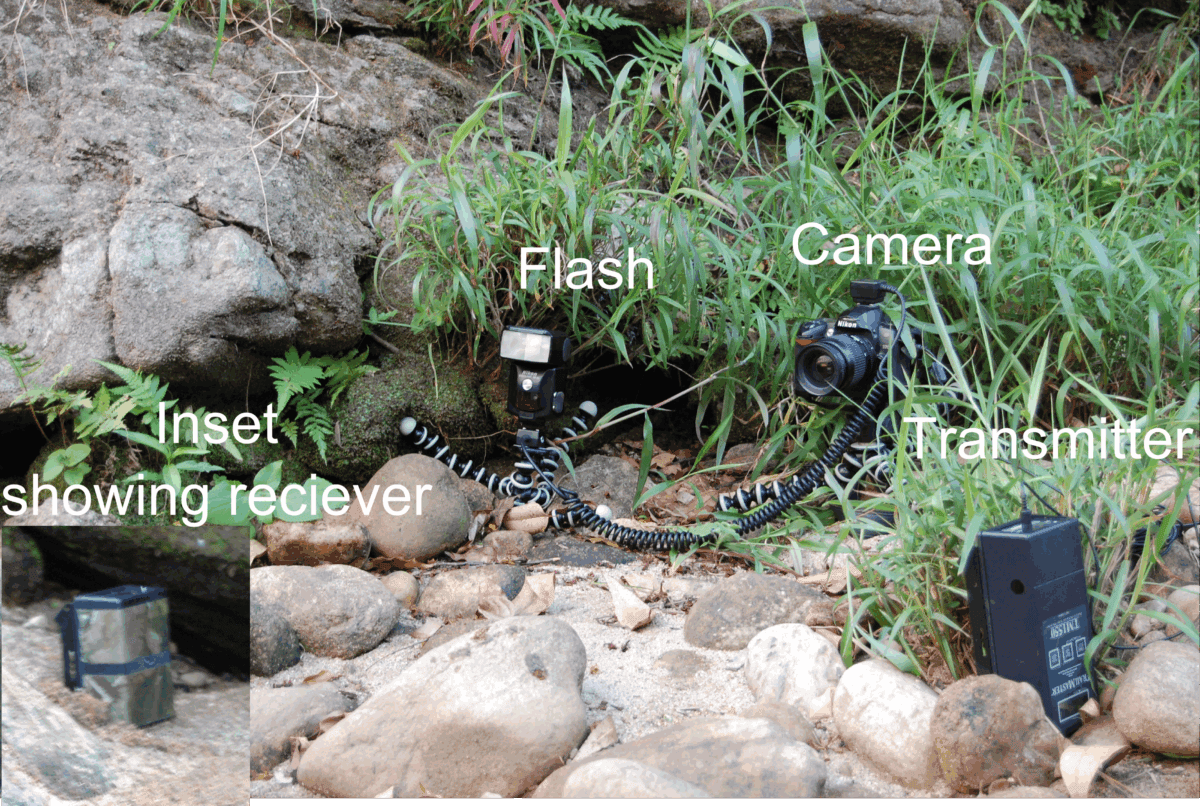
Camera traps represent one of the most significant innovations in capturing elusive wildlife. These motion-activated or heat-activated devices can be positioned in remote locations for weeks or months, silently waiting for an animal to trigger them. Modern professional camera traps combine high-resolution DSLR or mirrorless cameras with sophisticated triggering mechanisms and weatherproof housings. Unlike scientific research traps that capture still images, documentary camera traps are often designed to record video, with multiple units positioned to capture different angles simultaneously. The BBC’s landmark series “Planet Earth II” utilized over 50 camera traps to capture unprecedented footage of snow leopards in the Himalayas, including rare behaviors like scent-marking and mating rituals. By removing human presence from the equation, camera traps allow filmmakers to document animals that are extraordinarily sensitive to human disturbance.
Remote and Robotics Solutions

Robotic camera systems have revolutionized wildlife filmmaking in environments where human presence would be disruptive or dangerous. These systems range from simple remote-controlled camera mounts to sophisticated robots designed to mimic animals. “Spy creatures” — animatronic cameras disguised as realistic-looking animals — have captured remarkable footage by infiltrating animal groups. The BBC’s “Spy in the Wild” series deployed over 30 such creatures, including robot monkeys, sloths, and even crocodiles, each containing cameras in their eyes. Other remote solutions include drones, which provide aerial perspectives previously only possible with expensive helicopter shoots, and “boulder cams” — cameras disguised as rocks that can be remotely moved to follow animal activity. These technologies allow filmmakers to maintain safe distances while capturing intimate footage of animals behaving naturally.
Long-Lens and Hide Techniques
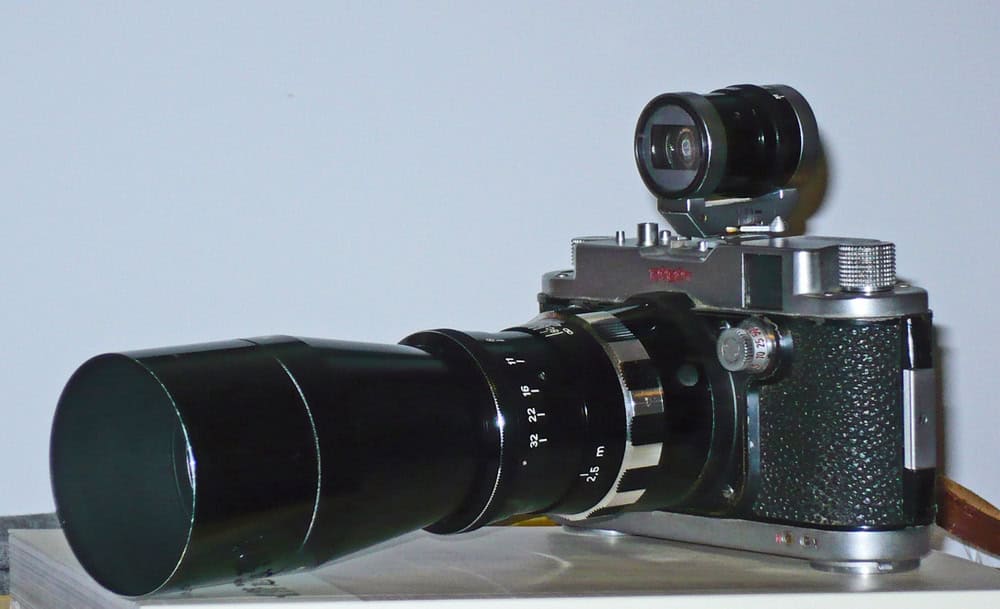
For many wildlife filmmakers, traditional field techniques remain essential. Super-telephoto lenses—often 600mm or longer—allow camera operators to film from distances that don’t disturb wildlife. These lenses are frequently paired with camera hides or blinds, which are camouflaged structures that conceal the human presence. Professional wildlife hides range from simple canvas tents to elaborate permanent structures with one-way glass windows. Wildlife cinematographer Sophie Darlington, known for her work on “Our Planet,” has spent thousands of hours in hides waiting for the perfect moment, sometimes remaining motionless for 15+ hours daily. In certain environments, floating hides for wetland filming or tree hides for canopy species provide specialized solutions. The key to successful hide filming lies in understanding an animal’s habits and positioning the hide in locations where natural behaviors are likely to occur.
Specialized Underwater Techniques
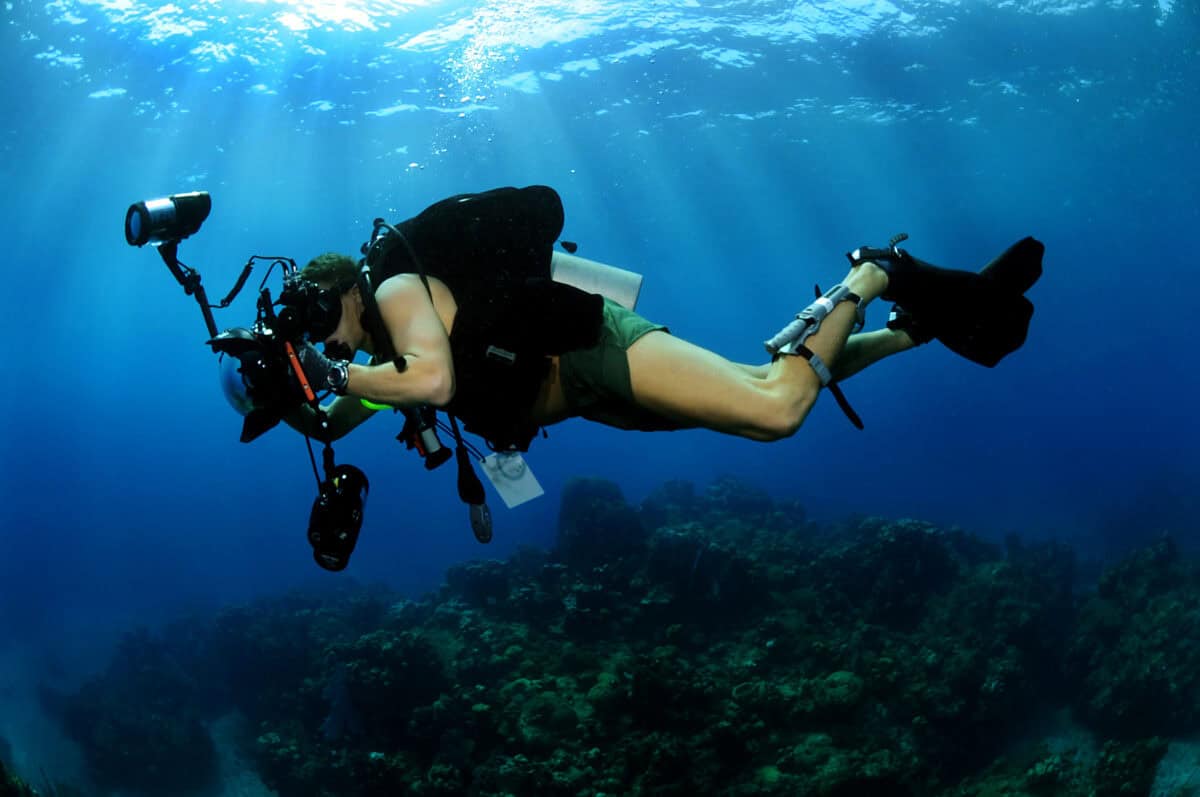
Capturing elusive marine creatures presents unique challenges that require specialized equipment and approaches. Professional underwater housings protect cameras worth tens of thousands of dollars while allowing full control functionality at depths reaching 100 meters or more. Filmmaker Hugh Miller, who has documented rare marine species for Blue Planet II, uses rebreather systems rather than traditional SCUBA gear, as rebreathers don’t release disruptive bubbles that can startle marine life. For extremely shy species like the giant squid, filmmakers employ techniques like deep-sea drop cameras with specialized low-light capabilities and bioluminescent lures to attract creatures from the darkness. Remote underwater robots allow filming at depths beyond human diving capabilities, while pole cameras with waterproof housings can be maneuvered into tight reef spaces to document species that hide in crevices.
Thermal and Night Vision Technology
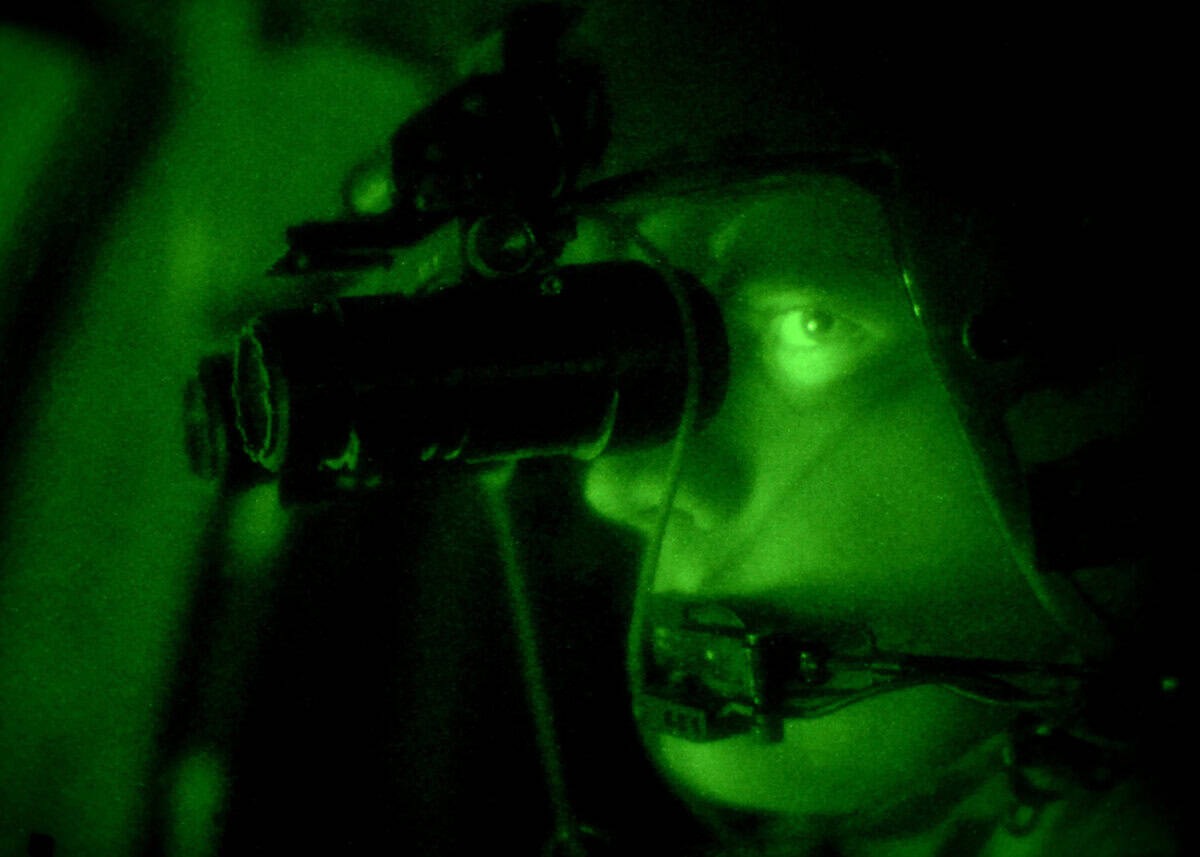
Many of the world’s most elusive animals are nocturnal, making thermal and night vision technologies crucial tools in the wildlife filmmaker’s arsenal. Thermal imaging cameras detect heat signatures from warm-blooded animals, allowing filmmakers to locate subjects in complete darkness or dense vegetation. For sequences requiring higher visual quality, low-light cameras with extreme ISO sensitivities up to 400,000+ can capture remarkably clear footage in near-darkness. Wildlife cinematographer Sophie Darlington pioneered techniques combining moonlight with these sensitive cameras to produce natural-looking nocturnal footage for National Geographic’s “Night on Earth” series. Some productions employ military-grade light amplification devices or specialized infrared lighting systems that illuminate scenes with light invisible to most mammals but detectable by the camera. These technologies have revealed previously undocumented behaviors of notoriously secretive nocturnal species like pangolins and aardvarks.
Research and Pre-Production Planning
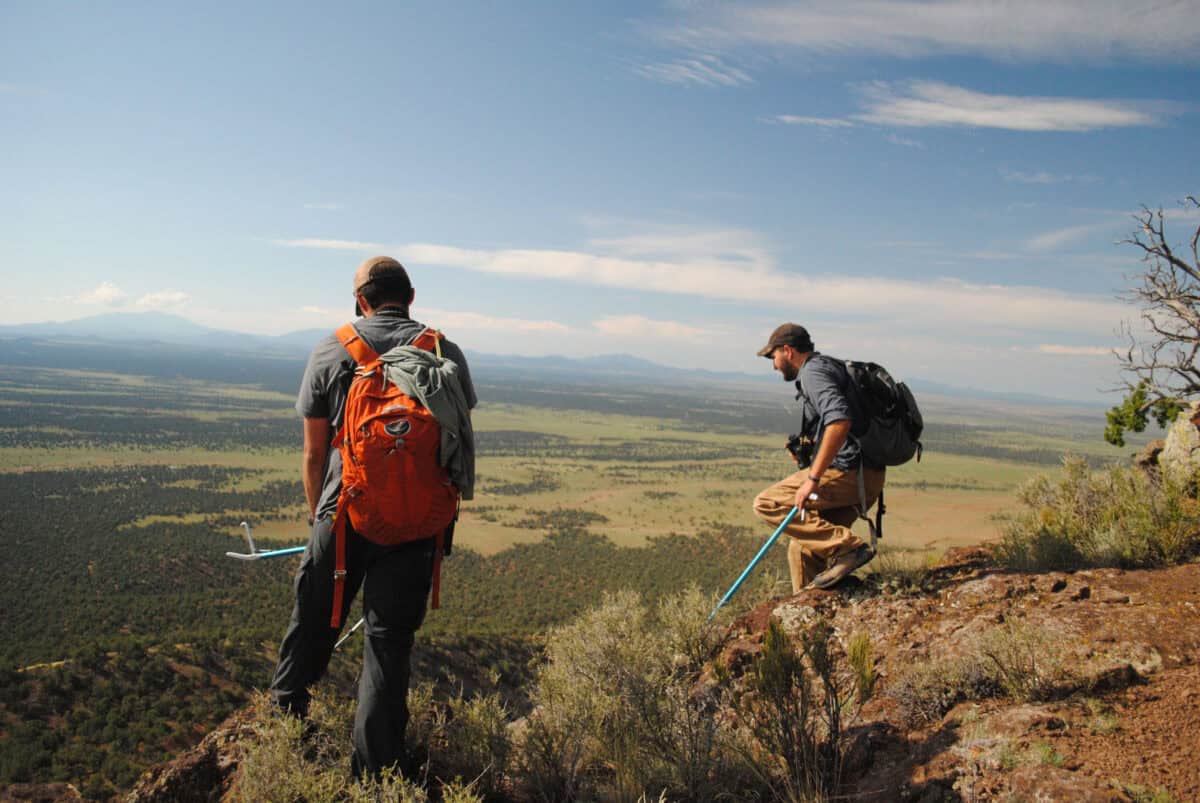
Behind every successful wildlife filming expedition lies exhaustive research. Professional wildlife filmmakers typically spend months researching their subjects before ever picking up a camera. This process involves consulting with scientific experts, reviewing published studies on animal behavior and movement patterns, and often conducting preliminary scouting trips. Production teams create detailed shot lists based on specific behaviors they hope to capture, while carefully timing their expeditions around seasonal events like migrations or mating seasons. For particularly rare species, filmmakers might review years of local sighting data to identify potential filming locations. BBC’s “Planet Earth” series producer Alastair Fothergill typically budgets 25-30% of total production time for research and location scouting. This meticulous planning maximizes the chances of success when working with unpredictable wild subjects that may offer only fleeting moments of visibility.
The Role of Field Specialists and Trackers
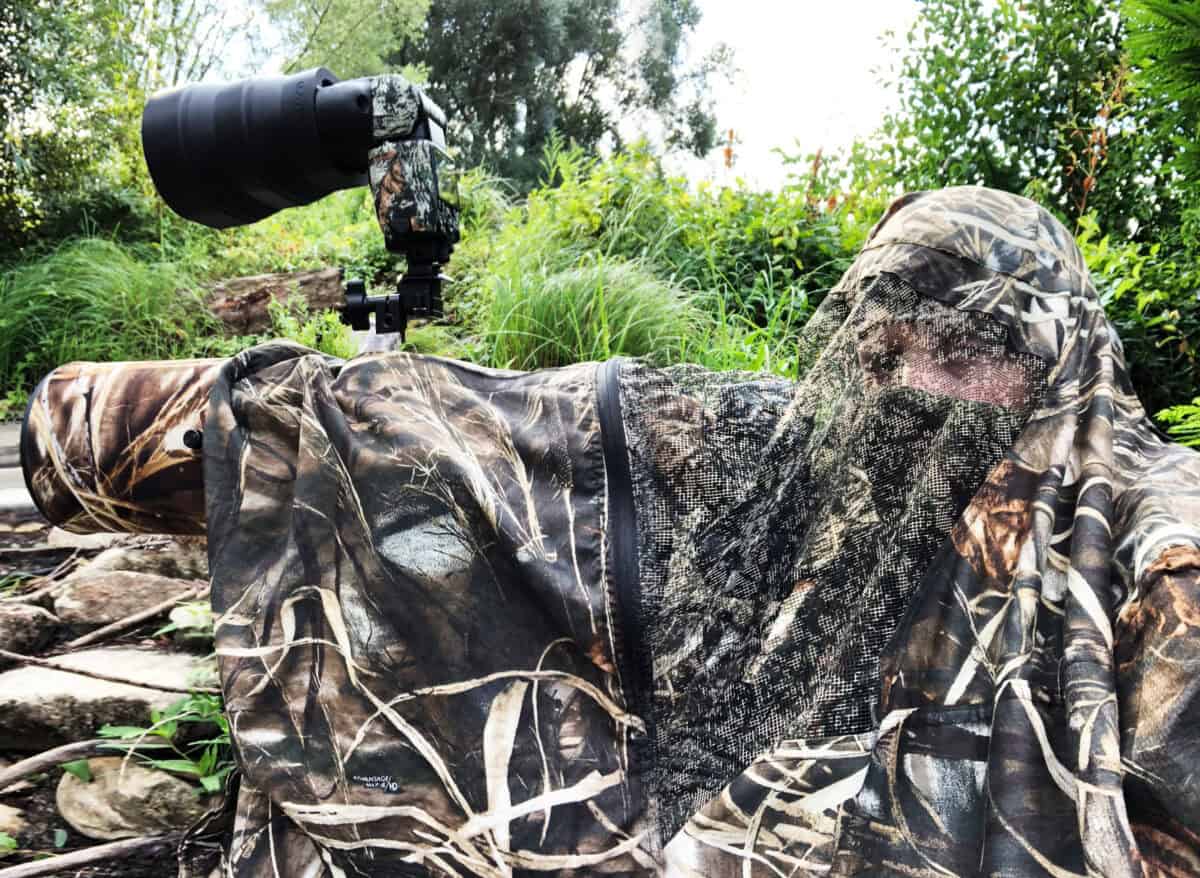
Local expertise proves invaluable when pursuing elusive wildlife. Professional wildlife productions routinely employ indigenous trackers whose generational knowledge of local ecosystems far exceeds what can be learned from research alone. These specialists can interpret subtle signs invisible to untrained eyes—a bent twig, a partial paw print, or the distant alarm call of a bird—to locate animals that would otherwise remain hidden. When filming tigers in India’s Bandhavgarh National Park for “Dynasties,” the BBC team relied on trackers who could identify individual tigers from their footprints alone. Beyond tracking, local experts provide crucial insights into animal behavior patterns specific to their region. This collaboration between filmmakers and indigenous knowledge-holders not only improves filming success rates but also ensures production teams operate safely in unfamiliar and potentially dangerous environments.
Patience and Time Investment
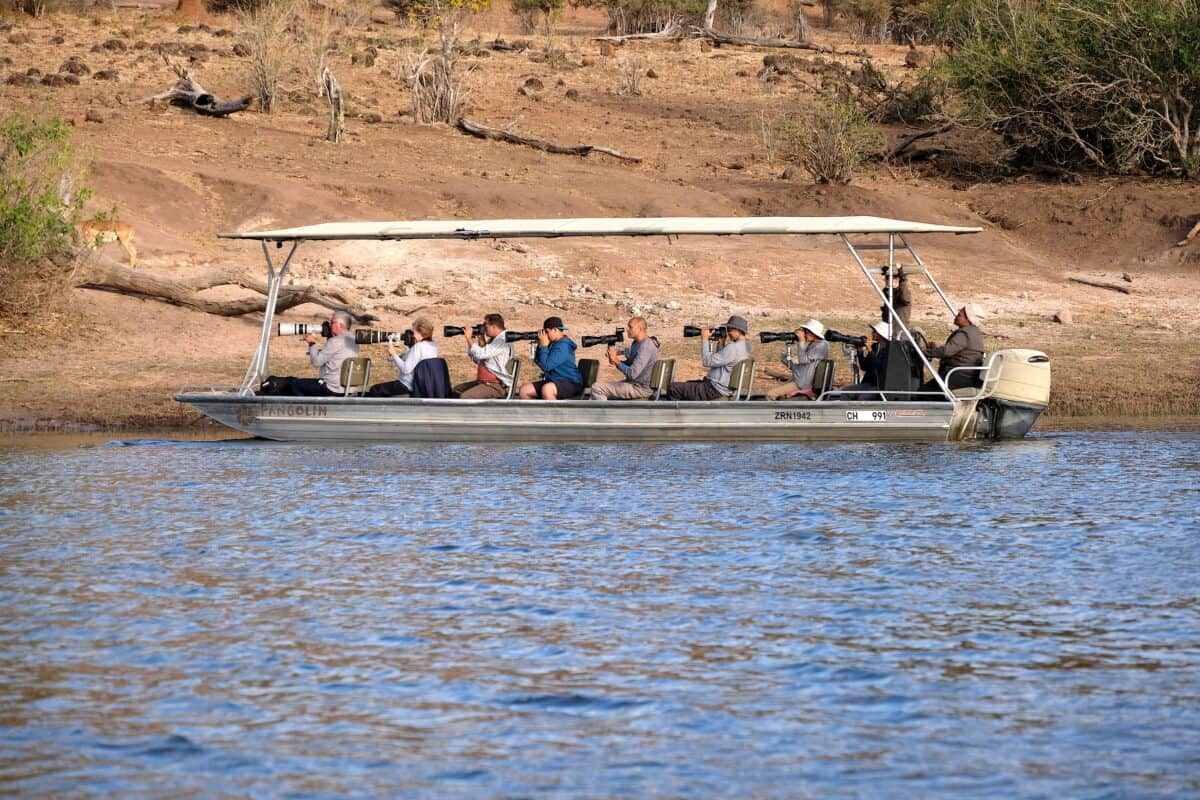
Perhaps the most essential element in capturing footage of elusive animals is simply time. Major wildlife productions allocate extraordinary resources to waiting for the perfect moment. For BBC’s “Planet Earth II,” camera teams spent over 2,000 filming days across 40 countries to compile the footage for just seven episodes. Individual sequences frequently require weeks or months of field time for mere minutes of usable footage. Wildlife filmmaker Jeff Wilson spent 37 consecutive days in a blind to capture the first-ever comprehensive footage of the Himalayan monal pheasant’s courtship display. This patience extends beyond daily filming hours; some projects return to the same location across multiple years to document rare behaviors. The snow leopard sequence in “Planet Earth II” represented the culmination of three separate filming expeditions spanning two years, with camera operators spending over 15 weeks total in the field.
Ethical Considerations and Minimizing Impact

Responsible wildlife filmmakers adhere to strict ethical guidelines to ensure their work doesn’t harm the very subjects they document. Leading organizations like the BBC Natural History Unit and National Geographic maintain detailed protocols for wildlife filming that prohibit disturbing animals or altering their natural behaviors. Modern productions avoid practices common in earlier eras, such as baiting predators or constructing artificial sets. Filmmakers typically maintain minimum distance requirements specific to each species and situation, with specialized equipment allowing them to work from afar. When filming particularly sensitive or endangered species, productions often consult with conservation scientists to establish appropriate protocols. Increasingly, wildlife filmmakers view themselves not just as content creators but as advocates for conservation, with careful consideration given to how their presence might impact vulnerable animals or habitats.
Post-Production Enhancement and Storytelling
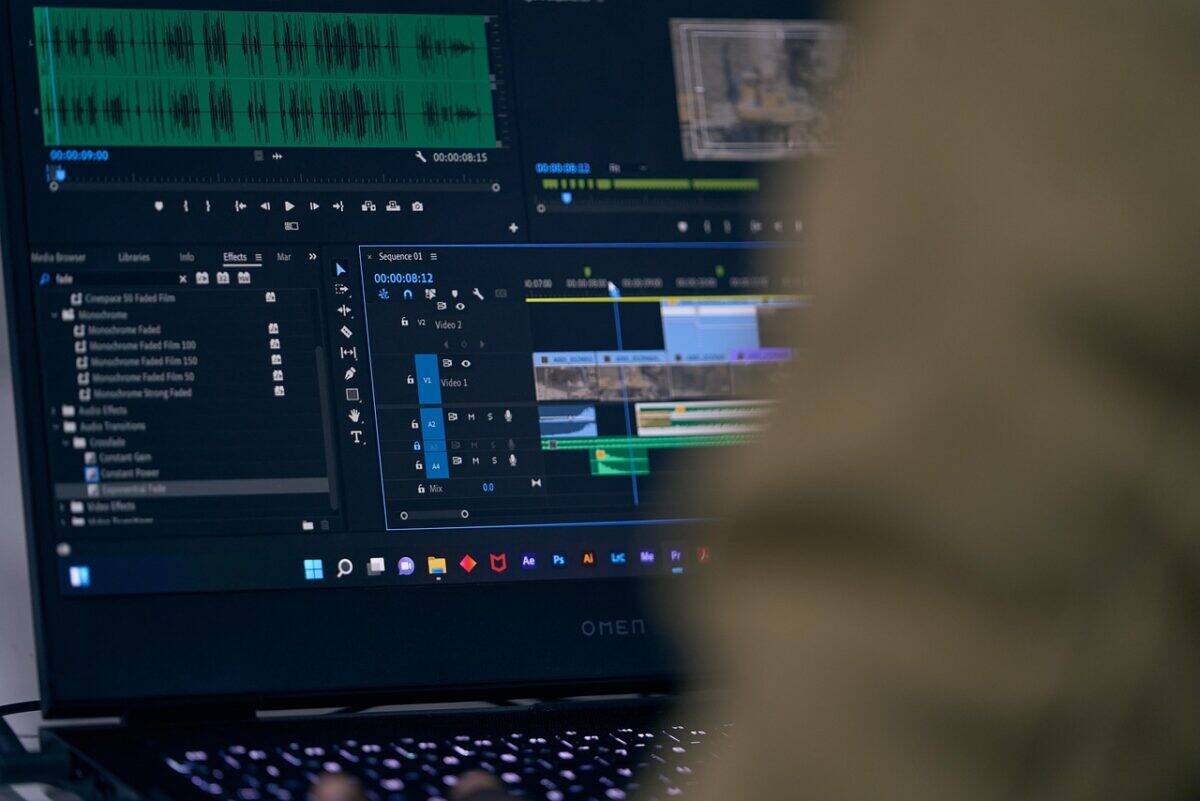
The journey from raw footage to polished wildlife documentary involves sophisticated post-production techniques. While ethical standards prohibit fabricating behaviors, filmmakers employ various methods to construct coherent narratives from fragmented footage collected over months. Skilled editors combine sequences shot at different times or even different locations to create compelling visual stories. Sound design plays a crucial role, as camera microphones rarely capture usable natural audio at the distances involved in wildlife filming. Foley artists recreate animal movements in studio settings, while specialized audio technicians record ambient sounds separately to build authentic soundscapes. Color grading enhances visibility and emotional impact, especially for footage captured in challenging light conditions. Throughout this post-production process, filmmakers walk a careful ethical line, using these techniques to enhance storytelling without misrepresenting the biological realities of their animal subjects.
The Future of Wildlife Filmmaking

Wildlife filmmaking continues to evolve with emerging technologies opening new frontiers. Miniaturized 8K cameras capable of capturing unprecedented detail are becoming standard, while advances in low-light sensors are revolutionizing nocturnal filming. Drone technology continues to advance, with silent, bird-inspired drones currently in development that may eventually approach animals without causing disturbance. Machine learning algorithms are being applied to camera traps, allowing systems to identify specific species and trigger recording only for target animals. Virtual reality wildlife experiences represent another growing frontier, with 360-degree camera systems already documenting immersive animal encounters. Perhaps most exciting are non-visual sensing technologies being adapted for filmmaking—from environmental DNA sampling that can confirm the presence of elusive species to acoustic monitoring systems that can locate animals by their vocalizations, even those inaudible to human ears. As these technologies mature, they promise to reveal behaviors of animals so secretive they’ve evaded documentation entirely.
Capturing elusive animals on camera represents one of visual storytelling’s greatest challenges, blending cutting-edge technology with old-fashioned field craft and patience. Each breathtaking wildlife sequence viewers enjoy from their living rooms represents the culmination of months or years of specialized expertise, research, and often significant physical hardship. Beyond their entertainment value, these visual documents serve critical scientific and conservation purposes, frequently revealing behaviors never before observed by researchers. As habitat loss and climate change increasingly threaten wildlife worldwide, the work of wildlife filmmakers takes on additional significance—creating emotional connections between audiences and animals they might otherwise never know existed. Through their extraordinary dedication to documenting the planet’s most secretive creatures, wildlife filmmakers help ensure that even the most elusive animals have a voice in our collective understanding of the natural world.
- Why Bears Play—and What It Teaches Us - August 24, 2025
- 12 Dog Breeds That Can Survive a Coyote Attack - August 24, 2025
- The Most Powerful Earthquakes That Shook the U.S. - August 24, 2025

